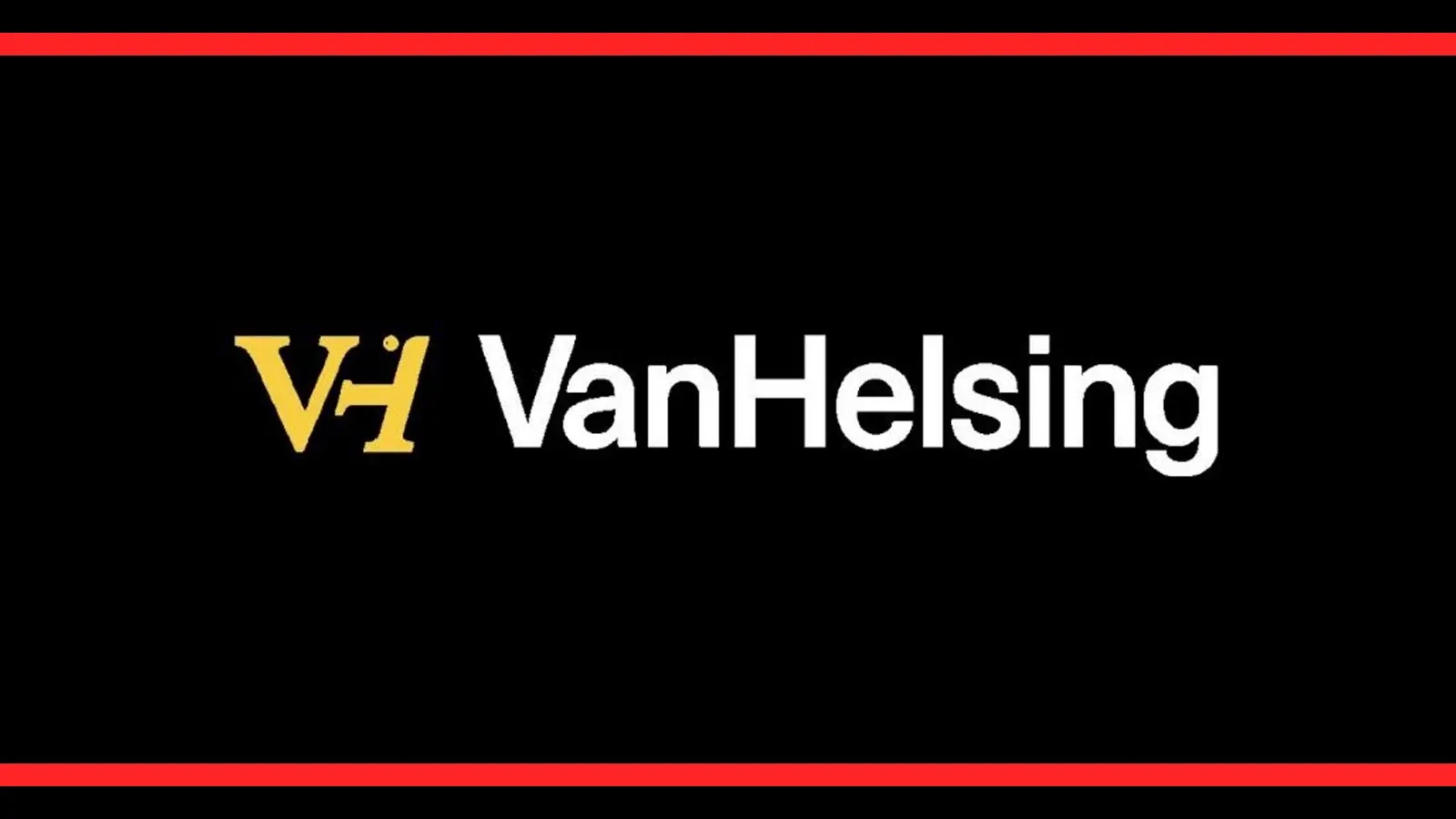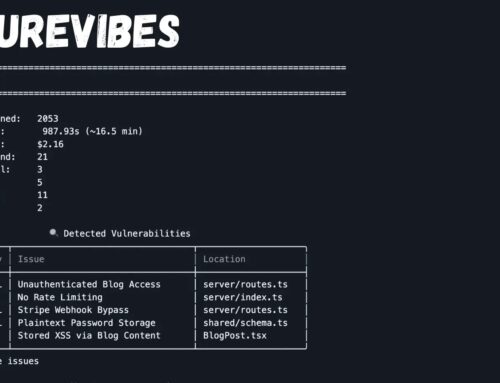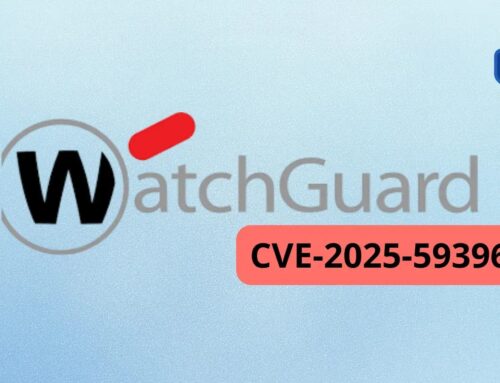
New VanHelsing Ransomware RaaS Model Attacking Windows, Linux, BSD, ARM, and ESXi Systems
The cybersecurity landscape has just been significantly reshaped with the emergence of VanHelsing, a multi-platform ransomware-as-a-service (RaaS) operation that demands immediate attention. First detected on March 7, 2025, VanHelsing represents a formidable evolution in ransomware deployment, threatening a vast spectrum of operating systems and virtualized environments. This sophisticated RaaS model is not merely another strain of malware; it’s a streamlined, business-oriented service designed to empower a wider array of affiliates, fundamentally changing how organizations must prepare for and defend against ransomware attacks.
Understanding the VanHelsing RaaS Model
VanHelsing distinguishes itself through its comprehensive service offering and strategic operational structure. Unlike traditional ransomware groups that develop and deploy their own attacks, VanHelsing acts as a service provider, offering its malicious tools and infrastructure to affiliates. This RaaS model significantly lowers the barrier to entry for cybercriminals, enabling individuals or groups with less technical expertise to launch sophisticated attacks. The operation mandates a substantial initial deposit of $5,000 from new affiliates, highlighting its serious and organized nature.
In return for this investment and continued adherence to the RaaS model, affiliates gain access to a ready-made ransomware kit, C2 (Command and Control) infrastructure, and potentially even technical support, effectively democratizing access to advanced cybercrime capabilities. This structure mirrors legitimate software-as-a-service models, but with detrimental intent, making it a highly efficient and scalable threat.
Multi-Platform Targeting: A Broadened Attack Surface
One of the most alarming aspects of the VanHelsing ransomware is its unparalleled multi-platform capability. Prior ransomware operations often focused on Windows environments, but VanHelsing expands its reach dramatically. This RaaS model is designed to compromise and encrypt data across:
- Windows Systems: The traditional target for ransomware, Windows remains a primary focus due to its widespread enterprise adoption.
- Linux Systems: Critical for server infrastructure, cloud environments, and many development operations, Linux targeting significantly expands the potential impact on organizations.
- BSD Systems: Including FreeBSD, OpenBSD, and NetBSD, these systems are often used in specialized networking hardware, servers, and embedded systems, presenting unique challenges for recovery.
- ARM Processors: Increasingly prevalent in IoT devices, mobile platforms, and even servers, ransomware targeting ARM signifies a move towards a broader attack surface beyond traditional computing.
- ESXi Systems: VMware ESXi hosts virtual machines crucial for modern data centers. Encrypting an ESXi server can cripple an entire virtualized infrastructure, leading to massive downtime and data loss across numerous virtualized instances.
This broad spectrum of targets underscores the need for a truly comprehensive cybersecurity strategy that is not limited to a single operating system but rather encompasses all networked assets.
Remediation Actions and Proactive Defense
Given the pervasive threat posed by VanHelsing, immediate and proactive measures are essential to protect your organization. A multi-layered defense strategy is critical.
- Robust Backup and Recovery Strategy: Implement and regularly test a 3-2-1 backup strategy (3 copies of data, on 2 different media, with 1 offsite). Ensure backups are isolated and immutable to prevent ransomware from encrypting them.
- Patch Management: Maintain a rigorous patch management program across all operating systems (Windows, Linux, BSD, ESXi, and ARM-based devices). Untouched vulnerabilities, even those not directly related to known VanHelsing exploitation tactics, can still be entry points. While no specific CVEs have been publicly linked to VanHelsing’s initial access vectors at this early stage, general recommendations around known vulnerabilities like CVE-2023-28252 (Windows privilege escalation) or CVE-2022-22947 (VMware Workspace ONE/Identity Manager RCE) should always be addressed.
- Network Segmentation: Isolate critical systems and data with network segmentation. This limits the lateral movement of ransomware even if an initial breach occurs.
- Endpoint Detection and Response (EDR): Deploy EDR solutions on all endpoints and servers to detect and respond to suspicious activities in real-time.
- Multi-Factor Authentication (MFA): Enforce MFA for all accounts, especially those with administrative privileges, to prevent unauthorized access even if credentials are stolen.
- Security Awareness Training: Educate employees about phishing, social engineering, and safe browsing practices, as these are common initial infection vectors for ransomware.
- Principle of Least Privilege: Grant users and applications only the minimum access rights required to perform their functions.
- Immutable Infrastructure for ESXi: For VMware ESXi, consider implementing immutable infrastructure where possible, and regularly review and harden ESXi host configurations.
Recommended Tools for Detection and Mitigation
Leveraging the right tools can significantly enhance your defensive posture against ransomware threats like VanHelsing.
| Tool Name | Purpose | Link |
|---|---|---|
| CrowdStrike Falcon Insight | Advanced EDR for Windows, Linux, and macOS. | https://www.crowdstrike.com/ |
| Tenable Nessus | Vulnerability scanning for comprehensive asset coverage. | https://www.tenable.com/products/nessus |
| Veeam Backup & Replication | Enterprise-grade backup and recovery solution for virtual, physical, and cloud. | https://www.veeam.com/ |
| pfSense/OPNsense | Open-source firewall/router for robust network segmentation. | https://www.pfsense.org/ |
| VMware Carbon Black Cloud | Endpoint and workload protection for ESXi and other endpoints. | https://www.vmware.com/security/carbon-black.html |
Conclusion: A New Era of Cross-Platform Ransomware
The emergence of VanHelsing ransomware signals a critical shift in the threat landscape. Its sophisticated RaaS model, coupled with an unprecedented multi-platform targeting capability across Windows, Linux, BSD, ARM, and ESXi systems, underscores the need for a holistic and adaptive cybersecurity strategy. Organizations can no longer afford to focus protection efforts on a single operating system or environment. A comprehensive approach encompassing robust backups, stringent patch management, network segmentation, advanced endpoint protection, and continuous security awareness training is paramount to defend against this evolving and widespread threat.





